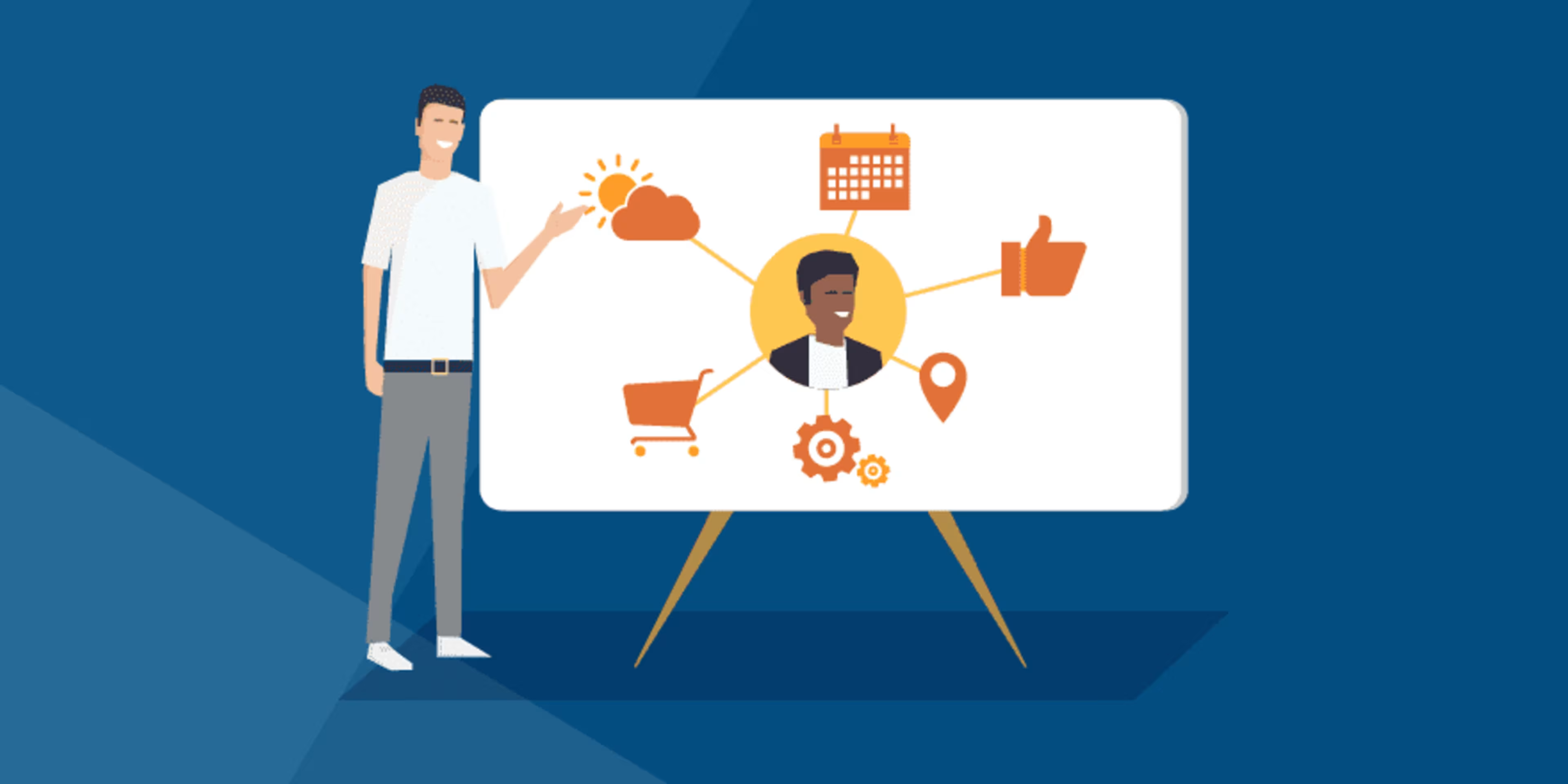Contextual data can provide much-needed insight into customer behavior patterns, helping you improve their experience.

At one time or another, we've all heard a famous quote misconstrued or taken out of context. And though Robert Frost might actually tell you to just pick any old path and not mourn "The Path Not Taken," the paths you take toward understanding your customers and their broader contexts really do make all the difference.
According to Gartner analyst Melissa Davis:
"Customer-centric, contextualized experiences based on the customer journey are becoming the competitive differentiator for the future of customer experience, requiring organizations to leverage new types of analysis and data sources." (Full article available to Gartner clients).
According to Gartner, context data in business is "any relevant facts from the environment." This can include data from customer interactions, social media, weather, news, broader market changes, internet of things (IoT) devices, and geography.
Context data can improve your customer experience strategy by incorporating information from outside of your organization. By looking outward at the broader environment and lives of your customers, you can strengthen big-picture decision-making and improve customer interaction-level experiences.
Sources of contextual data
There are three main source categories for contextual data: third-party businesses and organizations, customers, and things. Here are examples of the kinds of contextual data you could extract from each type:
Businesses and organizations
Weather
News
Events
Traffic
Economic/market changes
Customers
Social media activity
Past buying behavior
Preferences
Location
Milestones
Things
Delivery trackers
Asset and inventory management sensors
Kiosk interactions
GPS tools
Context-aware promotion tools
Contextual data in action
With the growing popularity of smart and/or wearable devices, many people are already benefiting from context data-driven customer experience (CX) in their everyday lives. Siri, Alexa, and Google Home learn to provide better suggestions based on previous behavior, while smartphones provide inclement weather warnings based on your location.
Businesses can apply the same principles to CX strategy. Seasonal weather patterns could affect sales in certain locations, particularly in areas subject to extreme weather. Customers in these areas may need different products or services at these times, and businesses that respond accordingly will provide better experiences. Likewise, knowledge of an upcoming event could trigger promotions or personalized offers for customers in a particular area.
By connecting your data to the real world context it lives in, your business can make better predictive decisions and react nimbly to situational changes. This flexibility helps your business stay competitive and better respond to customer needs, ultimately improving the customer experience.
10 ways to gather contextual data
Enterprise-level companies can deploy continuous intelligence and real-time analytics to inform rapid decision-making, but small and midsize businesses can collect and incorporate contextual data in less costly ways.
10 Ways to Collect Contextual Data, No Matter Your Business Size
Maintaining a news and events calendar within your CRM (or another platform) can help you keep track of key events.
Personalization and marketing automation software can leverage artificial intelligence for environmental factors like weather and location to personalize offerings.
Social media monitoring software helps companies keep a stronger pulse on social conversations relevant to your business.
Location intelligence software can help businesses track resources more effectively using mapping and geospatial data.
There is plenty of great publicly available economic data from government sources, such as the Bureau of Labor Statistics.
Building more robust CRM practices can empower sales teams to better track past buying behavior, preferences, and buyer milestones.
Internet of things (IoT) software can automatically analyze your operations data.
Asset, shipment, or GPS tracking software can provide greater analytics for company assets in transit.
Data extraction software can scrape publicly available webpage data that would otherwise be difficult to export, download, record, or analyze.
Data integration software allows separate applications to communicate, share, and integrate data.
Contextual healing
These are just a handful of the many ways you can begin to heal the contextual data-less hole in the heart of your CX practice.
Even if some of the above are more on the operations side, fine-tuning internal processes and creating a better employee experience can also improve your customer's experience.
For small teams not ready to invest in software solutions, many of the above suggestions can be done manually, such as noting key news, traffic, or weather events. Teams with the right technical expertise could also have employees write code to manually scrape publicly available web data. And sales teams can find ways to increase the level of detail added to customer profiles in a CRM, whether that comes through customer surveys, email, phone conversations, or social media listening.
The most important thing is to expand your perspective. Your business likely has rich internal insights already, but your company also exists within this great big world. Contextual data will help you better see how and where your company can shine within that big picture.
This is the second post in a series about CX data, which kicked off with how to conduct a data audit. Stay tuned for the final post in the series, where I'll cover how to pick the right customer data platform for your customer experience personalization strategy.